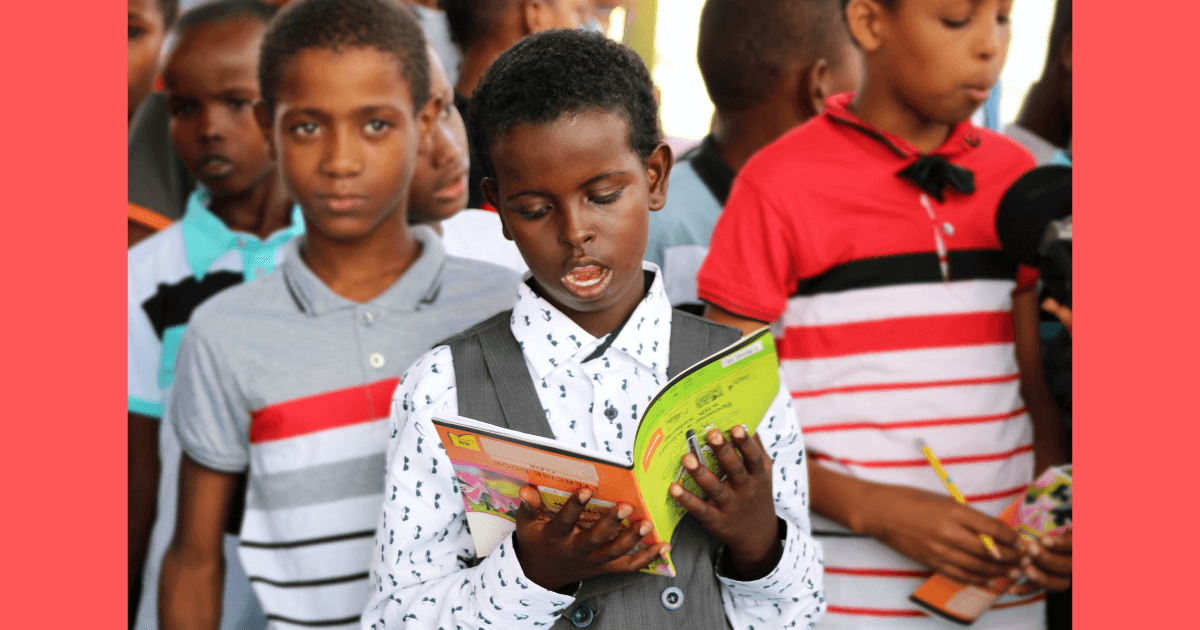Fine motor coordination is also essential to your children’s daily lives
No matter what your child’s age, you’ll always be a little worried about their development and if you’re doing enough. When they’re babies and toddlers, you check over their milestones regularly and stress if they aren’t aligning exactly. As they grow older, you see them struggle to learn sports or watch as they somehow trip up the stairs. These examples are merely instances of natural growth and development, though they can be a constant struggle for anxiety-ridden parents.
Simple, everyday practice is the most important tool here, so let go of the parental guilt. You’re doing enough. Most coordination skills will come on their own over time. That being said, learning more and growing your toolbelt of fun activities can increase your children’s opportunities for practice.
Skills Involved in Coordination
Most skills associated with coordination boil down into one of two categories.
Fine Motor
Fine motor coordination is the ability to control movements in the hands and wrists. Fingers should be able to demonstrate a wide range of motion. It also involves the capacity to know how hard to grip objects across scenarios.
Example: using scissors
Gross Motor
Gross motor coordination involves the rest of the body, including arms, legs and trunk. These skills are necessary for almost every movement and even remaining upright.
Example: walking
Ways to Develop Gross Motor Coordination
Your children need gross motor coordination to accomplish most of their daily movements, like walking and giving you a hug. Incorporate these activities into your routine to give your kids plenty of practice.
1. Swimming
Swimming requires dramatic arm and leg movements, supported by a strong core. Getting your child into swim lessons early will help prevent injury and increase coordination between these body parts.
2. Kicking and Throwing
Children as young as two can begin learning to manipulate a ball. Try rolling it back and forth at first, then work your way up to moving the ball in different ways. As they get older, your kids can practice more complex movements by participating in sports or practicing throwing, catching and kicking skills at home.
3. Dancing
Dancing is fun for all ages. Get little ones used to movement early on by playing music and demonstrating bobbing your head and moving your arms. Once they’re older, you can dance your heart out in the living room to their favorite jams or enroll them in a dance class.
4. Taking the Stairs
Once your child has sufficient balance, between 18 months and 2 years, get them to the playground. It’s possibly the best way for your kids to work on their gross motor coordination. They have opportunities to hang, climb, jump, slide, crawl and many other excellent movements. They’ll enjoy the outing, and you can rest knowing how much their little brain is developing.
5. Yoga
Yoga is a mind-body exercise requiring slow, carefully controlled movements of the entire body. Yoga used to be primarily a practice for adults is now inundating daycares, schools and family homes. Jump on the train by playing kid’s yoga videos at home or attending a class open to all ages.
Board games are a staple for family fun, making a serious comeback in homes nationwide.
Ways to Develop Fine Motor Coordination
Fine motor coordination is also essential to your children’s daily lives. As they progress, they’ll become more independent with tasks like dressing themselves and completing school or daycare activities. Use these ideas to support your kids’ natural development.
1. Baking
Baking requires various fine motor skills — measuring, kneading, decorating, separating and pouring. Young kids should always have parental assistance when using the oven and handling potentially harmful ingredients like raw eggs. You can slowly release control as they develop in maturity and skill.
2. Making Crafts
Crafting is an extremely broad activity. You can go in whichever direction you and your kids’ interests lies. Little ones just starting can use jumbo crayons to doodle. Older kids can practice sewing by hand, working with clay, stringing beads for jewelry and painting to practice different types of grips and finger movements.
3. Playing Board Games
Board games are a staple for family fun, making a serious comeback in homes nationwide. You can work on many skills simultaneously, including reasoning and basic math. However, many overlook the fine motor skills necessary to roll dice, move pieces on the board, hold cards and grab small items.
4. Independent or Assisted Self-Care
Parents longingly wait for the day when their children become responsible for their own self-care. Instead of doing everything for them and waiting for them to take over, give them the opportunity now. Expect a steep learning curve. You’ll need plenty of patience, but practicing feeding themselves, getting dressed, tying their shoes and brushing their teeth are all steps toward independence.
4. Building with Legos
For kids who may not be interested in other hobbies like art and baking, building blocks and Legos are an ideal pastime. Let your children explore their imagination while working on pincer grips and fine motor manipulation.
Yoga used to be primarily a practice for adults is now inundating daycares, schools and family homes.
Proper Coordination Takes Time
Sometimes, a child may not be developmentally ready for a form of coordination. Their neural pathways and body parts may still need time before physically being able to accomplish a skill. Follow your child’s lead and encourage them where you can.
Even if your child delays with a milestone, you can rest easy knowing most kids will catch up suddenly and progress normally. However, if you notice an increasing lag, talk to your doctor. Occupational and physical therapy are beneficial tools for kids who need extra help developing these skills. Early intervention can get them back on track developmentally.
Composed by: “Ava Roman is the Managing Editor of a women’s lifestyle magazine. Her interest lies in learning yoga, advocating for body positivity, or exploring her culinary skills. “

